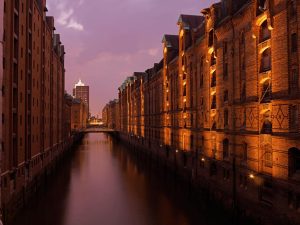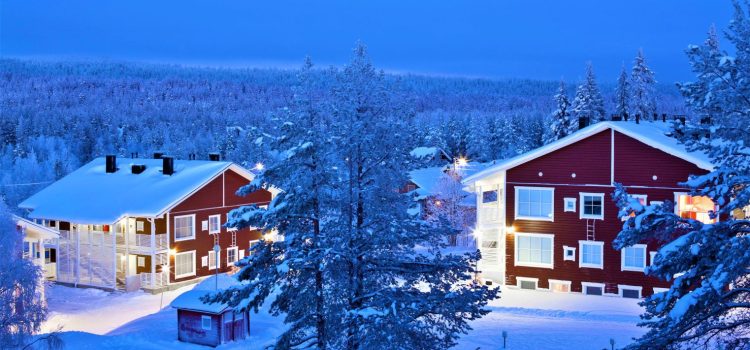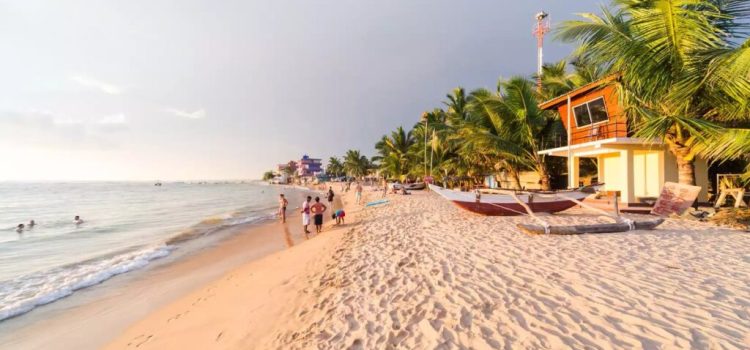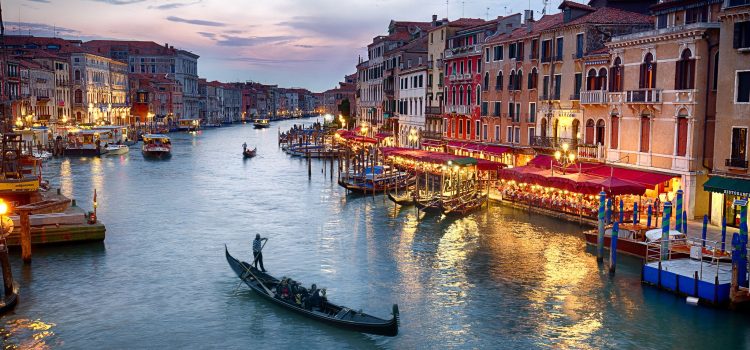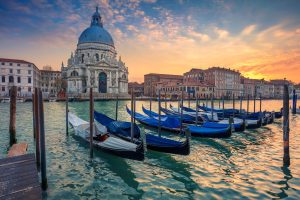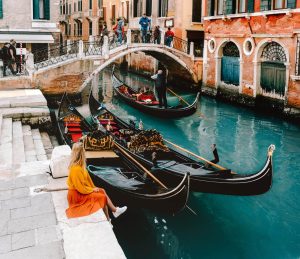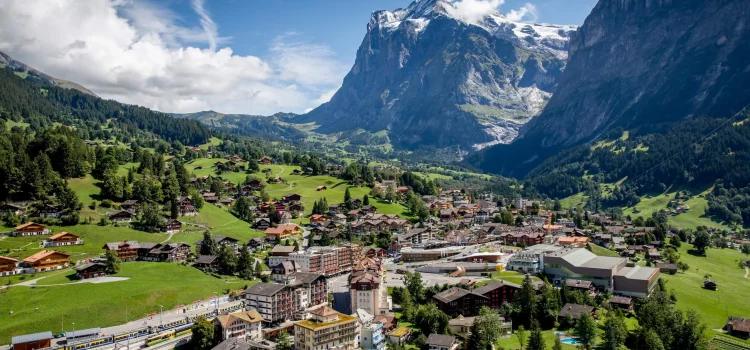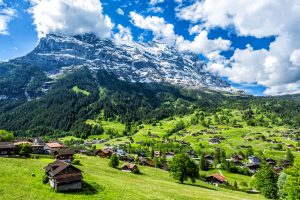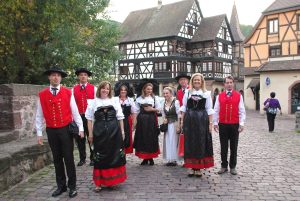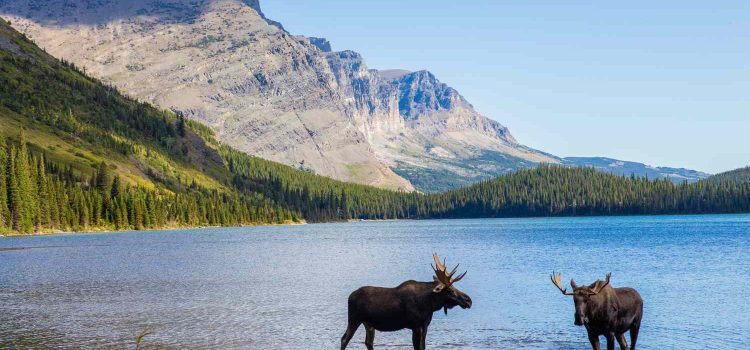
The ebb and flow of the ocean’s tides have captivated human imagination for millennia. Beyond their practical implications for navigation and coastal living, tides hold a metaphorical significance, symbolizing the eternal dance of time and nature. Throughout history, civilizations have revered the sea, recognizing its immense power and influence. Ancient cultures often intertwined their understanding of time with the rhythms of the tides, viewing them as cosmic phenomena governed by celestial forces.
Mechanism of Tides
Tides result from the gravitational forces exerted by the moon and, to a lesser extent, the sun, on the Earth’s oceans. As the Earth rotates on its axis, ocean water is pulled towards the celestial bodies, causing the familiar rise and fall of sea levels.
Types of Tides
Tides come in various forms, primarily dictated by the alignment of the sun, moon, and Earth. Spring tides occur during the new and full moons when the gravitational forces of the sun and moon align, resulting in higher high tides and lower low tides. In contrast, neap tides occur during the first and third quarters of the moon, when gravitational forces partially cancel each other out, leading to less extreme tidal fluctuations.

Factors Affecting Tide Patterns
Several factors influence the intensity and timing of tides, including the phases of the moon, solar alignment, and the geography and topography of coastal areas. These variables combine to create complex tidal patterns observed around the world.
Significance of Tides
Tides play a crucial role in shaping coastal ecosystems, influencing everything from the distribution of marine species to nutrient cycling. The regular influx and retreat of seawater provide essential habitats for a diverse array of organisms, from intertidal creatures to migratory birds.
Economic Implications
Beyond their ecological significance, tides have profound economic implications. Coastal communities rely on predictable tidal patterns for activities such as fishing, aquaculture, and shipping. Understanding tides is essential for optimizing resource management and ensuring the sustainability of marine industries.
Cultural and Spiritual Significance
Throughout history, tides have been intertwined with human culture and spirituality. Coastal communities often developed rich folklore and mythologies around the ebb and flow of the sea, attributing divine significance to tidal phenomena. Rituals and traditions centered around tides continue to be observed in many cultures, and environmental challenges, influencing global climate and ecosystems. Ocean exploration encompasses a wide range of disciplines and methodologies, each serving a unique purpose in unraveling the mysteries of the deep.serving as a link between past and present.
Relationship between Tides and Time
The cyclical nature of tides has long been used as a basis for measuring time. Lunar calendar systems, prevalent in many cultures, are often synchronized with the phases of the moon and the corresponding tidal patterns. Additionally, tide clocks have been developed to track the rhythmic rise and fall of sea levels, providing practical utility for coastal communities.
Impact on Human Activities
The influence of tides extends beyond the realm of nature, shaping human activities in coastal regions. Agriculture and farming in coastal areas are often planned around tidal cycles, with farmers utilizing tidal flats for cultivation. Furthermore, tides play a significant role in recreational activities such as surfing, sailing, and beachcombing, attracting enthusiasts from around the world.

Historical Attempts to Control Tides
Throughout history, humans have sought to harness the power of tides for various purposes. Ancient civilizations engineered intricate systems of dams, dikes, and canals to control the flow of seawater, often for agricultural irrigation or land reclamation. While many of these early efforts were rudimentary, they laid the groundwork for modern tidal engineering projects.
Environmental Considerations
In contemporary times, managing tides requires a delicate balance between human needs and environmental preservation. Sustainable coastal management practices aim to minimize the ecological impact of human activities while maximizing the benefits derived from tidal resources. With rising concerns about climate change and sea-level rise, coastal communities must adopt adaptive strategies to mitigate potential risks associated with changing tidal patterns.
Tides are primarily caused by the gravitational pull of the moon and, to a lesser extent, the sun, on the Earth’s oceans. As the Earth rotates, the gravitational forces exerted by these celestial bodies cause ocean water to bulge towards them, resulting in the periodic rise and fall of sea levels.
Why do tides change in height and intensity?
The height and intensity of tides vary depending on several factors, including the alignment of the sun, moon, and Earth, as well as the geography and topography of coastal areas. Spring tides, occurring during the new and full moons, result in higher high tides and lower low tides, while neap tides, occurring during the first and third quarters of the moon, lead to less extreme tidal fluctuations.
How do tides affect marine life?
Tides play a crucial role in shaping coastal ecosystems, influencing the distribution of marine species, nutrient cycling, and habitat availability. Many marine organisms have evolved specific adaptations to cope with the challenges posed by tidal fluctuations, such as tidal migrations and behavioral changes.
Can we predict tides accurately?
Yes, advances in tidal science and technology have enabled accurate predictions of tidal patterns for specific locations and timeframes. Tide tables, based on astronomical calculations and historical data, provide valuable information for coastal navigation, fishing, and other activities dependent on tidal cycles.
Conclusion
In conclusion, the ebb and flow of the ocean’s tides represent a timeless dance that has fascinated humanity for millennia. Beyond their practical implications, tides hold profound ecological, economic, and cultural significance, shaping coastal environments and human activities. As we reflect on the eternal rhythm of the sea, let us strive to preserve and protect these natural wonders for future generations.













